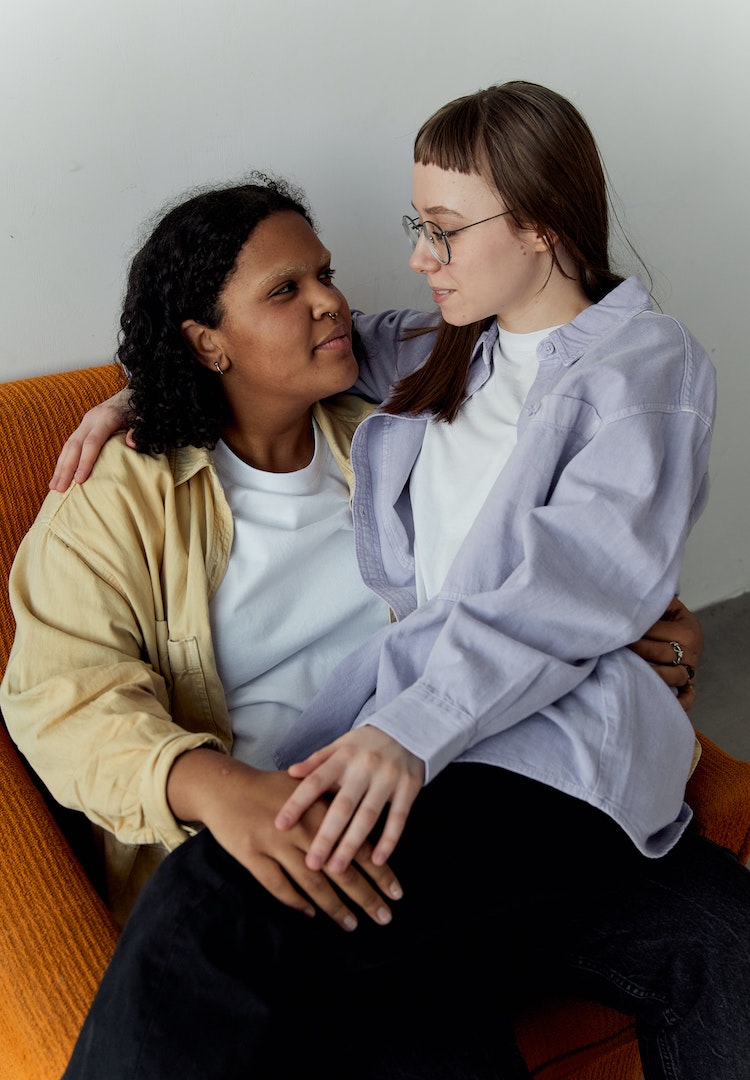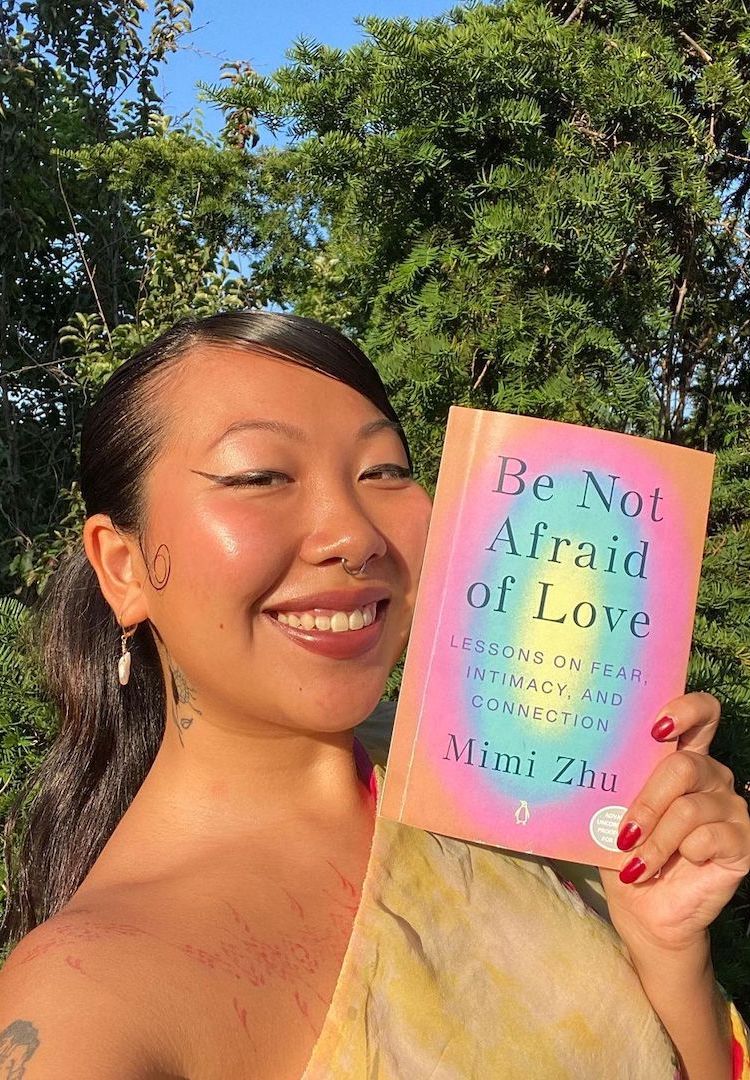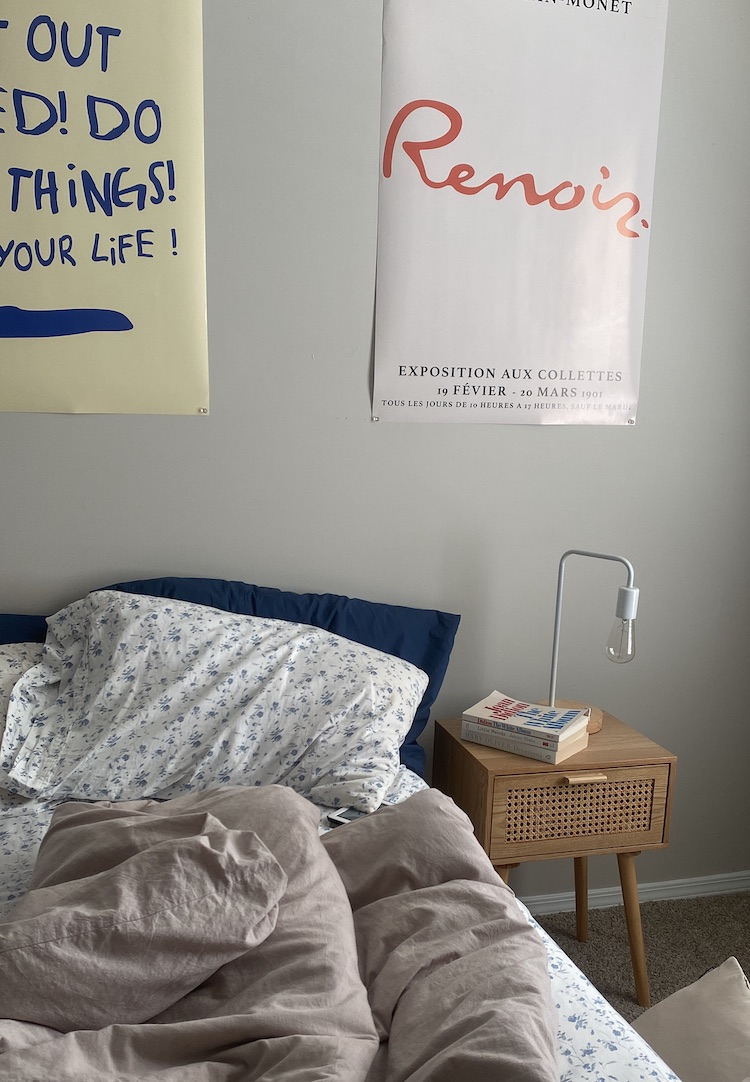Here’s how to incorporate affirmative consent into your sex life
WORDS BY SARAH FUSEA
“Consent is not just a token box to check – studies have shown it leads to better, more satisfying sex.”
Content warning: Sexual assault
In the last few years, consent has become a hot topic throughout Australia. With the inspiring work of activists like Grace Tame, Brittany Higgins and Chanel Contos, we have seen an increase in education funding and changes to laws surrounding consent across Australia.
For more sex-related stories, head to our Life section.
Yet, people still seem to see consent as a chore – a formality that can be skipped over or cast aside if the perfect opportunity doesn’t present itself. But it’s more than that. It’s communication, it’s respect, it’s attention to your partner’s needs and according to recent research, it’s a great way to increase pleasure and sexual satisfaction.
Consent laws in Australia
Historically, those accused of sexual assault in Australia have been able to argue that an accuser did not actively ‘non-consent’ – for example, they didn’t fight back or say no. When considering the four most common responses to trauma or danger are ‘fight, flight, freeze and fawn,’ the idea of ‘non-consent’ as the only proof of assault only caters to approximately half of survivors.
This black-and-white thinking that fight or flight are the only ways to say ‘no’ creates a grey area where the shadows of doubt and danger flourish. It’s a space where the silent responses to intimidation and manipulation are swallowed by darkness. As the law begins to catch up to the reality of sex and consent, both New South Wales and Victoria have developed affirmative consent laws. These laws require people participating in sexual activity to actively seek consent, through words and gestures, not just at the beginning but throughout sexual activity.
Pleasure and consent
But consent is not just a token box to check – studies have shown it leads to better, more satisfying sex. Research shows that “people who can better communicate and understand another person’s emotions are more likely to have a satisfying sex life”.
So, how do you personally approach asking for consent and how can you discuss the importance of communication and consent with sexual partners? When asking for consent, a common fear is that it will ‘kill the mood.’ But in reality, if your partner or partners are that easily turned off, they can’t have been that turned on in the first place.
Getting started
My favourite line when it comes to dating and talking to new people is “communication and consent are super important to me”. I slip it into conversation with just about everyone I speak to. When someone asks me “What are you looking for?”, I reply “Someone I have a connection with, am attracted to and share similar values with. Communication and understanding consent are really important to me!”.
If they enquire about my interests and ask “What are you passionate about?”, I tell them “I’m really interested in politics and education. I would love to get into consent and respectful relationship education. I think it’s a super interesting field and something I’m passionate about”.
Ask me if tomato sauce should be kept in the fridge or pantry and I’ll find a way to work it back to the importance of consent and communication. That said, consent is always required regardless of whether it’s discussed before getting down and dirty. And while you might not be as overtly passionate about the subject as I am, broaching the topic of consent beforehand is just one way to make the transition a little smoother and make sure you and your partners can communicate respectfully and honestly.
Verbal consent
Whether you usually participate in dirty talk or not, verbal consent can be incredibly helpful in ensuring your partners’ comfort, safety and pleasure. Does this feel good? Do you like it when I touch you here? Would you like it if I took this off? How does that feel? How do you want it? Show me how you want me to touch you. Can I go down on you?
These are just a few ways you can ask for verbal consent during sex. It’s anything that opens the lines of communication between partners and, most importantly, actually waits for and listens to the response given. You don’t have to ask them to put on a suit and sign a contract, you just need to communicate with your partner and respect their boundaries. Create a safe environment where you can find out what turns them on and, if need be, tell them to move a couple of inches to the left.
Non-verbal consent
While the clearest and most easily understood form of consent is verbal, non-verbal consent can also be a helpful way to communicate with your partner in addition to verbal consent. According to the Victorian Government, non-verbal consent can include “a physical gesture like a nod or reciprocating a move such as removing clothes”. Although these are some ways consent can be suggested, it’s also essential to look for non-verbal cues of discomfort, such as body language and facial expressions.
Consent comes first
While non-verbal consent can be a great addition to verbal consent, if you want to be having not just safe sex but good sex, it’s always better to ask. Consent isn’t just a hot topic in news headlines and political discussions, it’s a real-life action that, when implemented correctly, can result in deeper physical and emotional connections and pleasure.
But when consent is disregarded, it can have the potential to stain the way people view sex and intimacy for the rest of their lives. Whether it’s the first time, the only time, or the one-hundredth time you’re sexually active with someone, consent always comes first (no pun intended).
If this article has raised any issues and you wish to speak with someone, 1800 RESPECT operates 24 hours a day. It provides counselling and support for those impacted by sexual assault, domestic or family violence and abuse. If you’re seeking further therapeutic support, reach out to your local Sexual Assault and Family Violence Centre.










